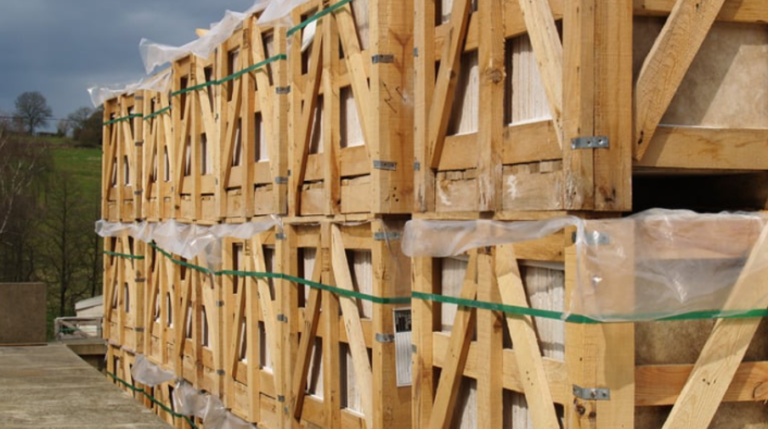Top 3 Fantastic Travel Attractions in Delhi
Delhi, the vibrant capital of India, is a city steeped in history and culture. It beautifully showcases a blend of ancient traditions and modern developments, making it a unique destination. Home to several UNESCO World Heritage Sites, such as the Red Fort and Qutub Minar, Delhi offers visitors a glimpse into the rich past of the country. The bustling streets are filled with a variety of flavors, sounds, and sights, making it an exhilarating place to explore. From the elegant architecture of the India Gate to the serene expanses of the Lotus Temple, every corner of this metropolis holds a story waiting to be discovered. As a central hub of politics, commerce, and education, Delhi also serves as a melting pot of diverse cultures, further contributing to its appeal.
For travelers seeking to reach this dynamic city, various airlines offer convenient flight options. Notably, Cathay Pacific provides flight services from Perth To Delhicatering to passengers looking for comfort and reliability as they journey to Delhi. With multiple international airports and well-connected domestic routes, the city is accessible to visitors from all over the world. Whether you’re coming for business, leisure, or cultural exploration, the seamless connectivity ensures that Delhi is just a flight away. This ease of access enhances the travel experience, making it more feasible for tourists to immerse themselves in the city’s vibrant life and extensive heritage. With its alluring blend of the past and present, Delhi continues to captivate the hearts of all who set foot in this historical metropolis.
Akshardham Temple
Akshardham Temple, located in the heart of Delhi, is a stunning representation of Indian culture and spirituality. Inaugurated in 2005, this magnificent temple complex is dedicated to Bhagwan Swaminarayan and showcases traditional Indian architecture, which combines intricate carvings and vast open spaces. The site is not just a spiritual haven; it is a celebration of the rich heritage and values of Hinduism. Constructed entirely from pink sandstone and white marble, the temple features ornate sculptures and beautifully landscaped gardens that attract millions of visitors each year.
One of the main highlights of Akshardham Temple is its central monument, which stands at an impressive 141 feet tall and 365 feet wide. The temple is adorned with over 20,000 intricate sculptures, depicting various deities, flora, and fauna, reflecting the artistry of ancient Indian craftsmanship. A notable feature is the 11-foot high statue of Bhagwan Swaminarayan made entirely of marble, which serves as a focal point for devotees and visitors alike. The temple’s design seamlessly incorporates elements from various architectural styles, showcasing a unity of faith and artistry.
In addition to its architectural beauty, Akshardham is known for its spiritual and educational exhibits. The ‘Yagnapurush Kund,’ India’s largest stepwell, is a stunning example of traditional water architecture and serves as a venue for various cultural events. The temple’s exhibitions, such as the “Sahajanand Darshan,” provide guests with insights into the life of Bhagwan Swaminarayan, showcasing his teachings and philosophies through multimedia presentations, dioramas, and lifelike figures.
Akshardham Temple is not just a place of worship; it is a gateway to understanding the values and traditions of Indian culture. With its awe-inspiring architecture, profound spiritual significance, and commitment to promoting peace and harmony, Akshardham continues to inspire visitors from around the world, making it a must-visit destination for anyone exploring the rich tapestry of India.
Red Fort
The Red Fort, known as Lal Qila, is a magnificent fortress situated in the heart of Delhi, India. Constructed in 1638 by the Mughal Emperor Shah Jahan, the fort served as the main residence of the Mughal emperors for over 200 years. This UNESCO World Heritage Site is a prime example of Mughal architecture, characterized by its red sandstone walls that stretch over two kilometers in length. The fort’s design integrates various styles, including Persian, Central Asian, and Indian elements, reflecting the grandeur of the Mughal dynasty.
The architectural brilliance of the Red Fort is highlighted by its impressive gates, including the Lahore Gate and the Amar Singh Gate. The Lahore Gate, in particular, serves as the main entrance and is adorned with intricate designs. Inside the fort complex, visitors can explore an array of stunning structures such as the Diwan-i-Aam (Hall of Public Audience) and the Diwan-i-Khas (Hall of Private Audience). These spaces showcase exquisite marble inlay work and elaborate carvings, offering a glimpse into the opulence that characterized the Mughal court.
The fort is not only a testament to architectural prowess but also a symbol of India’s rich cultural heritage. Throughout history, it has witnessed significant events, including the first struggle for independence in 1857 and the subsequent flag raising ceremony by Jawaharlal Nehru on August 15, 1947, marking India’s freedom from British colonial rule. Today, the Red Fort continues to be a focal point during India’s Independence Day celebrations, drawing thousands of visitors who gather to witness the Prime Minister hoisting the national flag.
See also: The Role of Professional Electrical Installation in Telford
In addition to its historical importance, the Red Fort is surrounded by lush gardens and vibrant markets, contributing to its status as a cultural hub. The fort houses museums that display artifacts and provide insights into the lifestyle of the Mughal emperors. As a popular tourist destination, it resonates with both history enthusiasts and casual visitors, making it a must-visit landmark for anyone exploring India’s capital.
Chandni Chowk
Chandni Chowk, one of the oldest and busiest markets in Old Delhi, is a vibrant tapestry of history, culture, and commerce. Established in the 17th century by the Mughal Emperor Shah Jahan, this bustling market was initially designed as a grand avenue of shops and bazaars set around a moonlit square, hence the name “Chandni” meaning “moonlight.” With its narrow, winding lanes and colonial architecture, Chandni Chowk offers an immersive experience that whisks visitors back to a time when it served as the heart of the Mughal empire, filled with merchants, artists, and traders from various backgrounds.
Walking through the market, one can witness the vivid culture of India come alive. The cacophony of voices, the aromatic spices wafting through the air, and the endless arrays of colorful fabrics and jewelry create a sensory overload that’s both enchanting and overwhelming. Chandni Chowk is famous for its diverse offerings, from traditional Indian textiles and exquisite silverware to delectable street food. The culinary delights here are a must-try, with iconic street vendors serving mouth-watering dishes like jalebis, parathas, and chaat, making it a food lover’s paradise.
The heritage of Chandni Chowk is palpable, with historic landmarks dotting the landscape. The majestic Red Fort, a UNESCO World Heritage site, looms at one end of the market, while the grand Jama Masjid, one of the largest mosques in India, stands as a testament to Mughal architecture. These monuments not only attract tourists but also serve as reminders of the rich history and significant cultural influences that have shaped this area over centuries.
Despite the hustle and bustle, Chandni Chowk retains a sense of community and tradition. Families have operated shops here for generations, passing down their trades through the years. The intertwining of modernity with age-old customs makes Chandni Chowk a unique destination, where one can appreciate the intricacies of Indian heritage while indulging in contemporary urban life. Whether you’re exploring its chaotic lanes or savoring its culinary treats, a visit to Chandni Chowk is an unforgettable journey into the heart of India’s capital.






